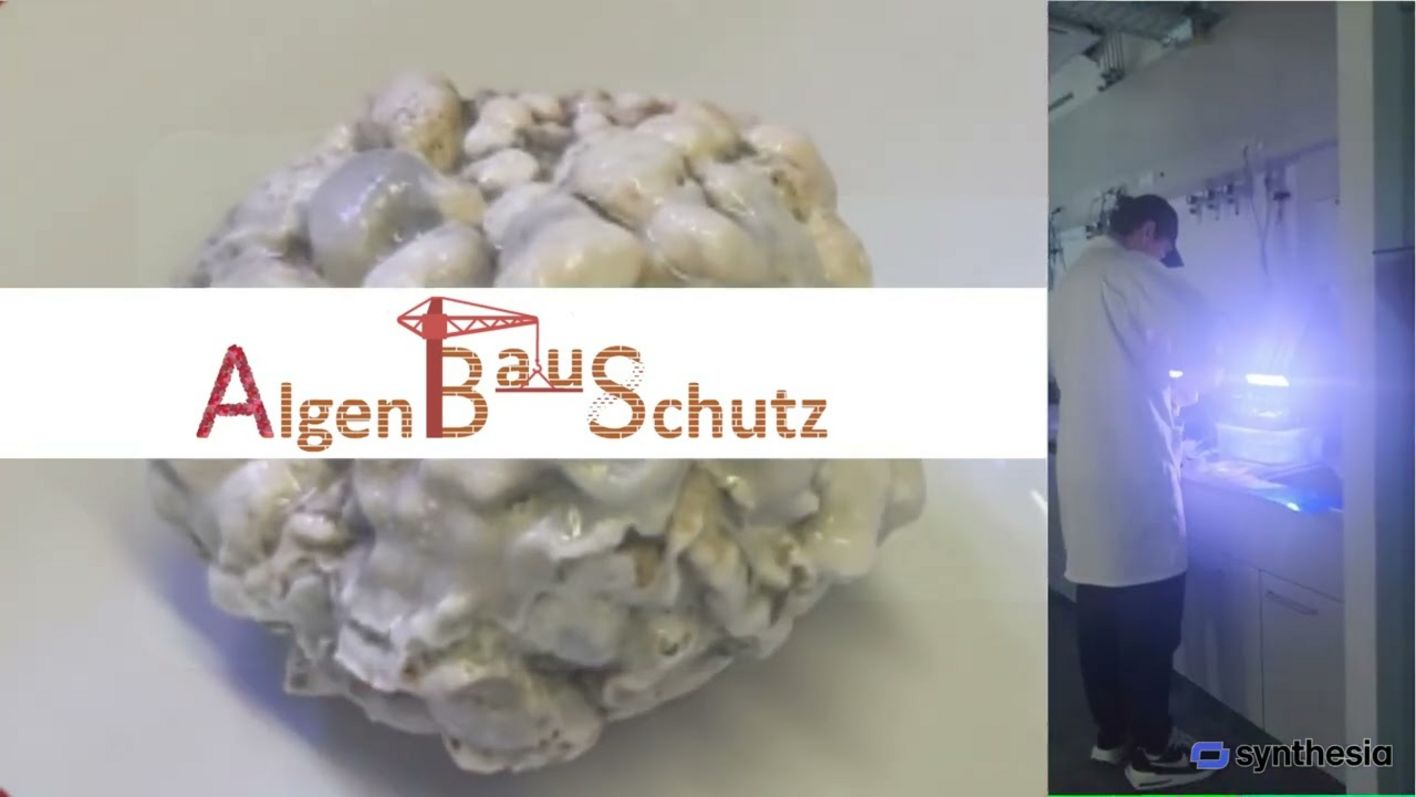The construction and building sector is one of the world economy’s largest sectors, with an estimated yearly expenditure (products and services) exceeding 10 trillion USD in 2019. This sector is estimated to have contributed to 40 % of global GHG emissions in 2022, with building activities projected to double by 2060 as a result of population growth and urbanization. Decarbonization of this sector is imperative to realize Paris sustainable development goals (SDG), aimed at tackling anthropogenic climate change and resource depletion. To that end, sustainability-driven innovations, which remain limited in the construction and building sector, are highly coveted. Sustainable bio-based materials, composites, admixtures and variants to conventional cement, steel and plastics are key to transforming this sector to a carbon-neutral/negative standing.
This project addresses the subject of cement longevity by exploring self-healing concrete (SHC) solutions. SHC contributes to lowering maintenance costs by bypassing the need for external intervention that involves locating and repairing damage (cracks). We undertake fundamental research to elucidate the biochemical pathways that govern cementitious biomass formation and assess their suitability for use as a performance additive in binder mixtures. The incorporation of photosynthetic species in cement has the potential to transform the construction industry from a high CO2 emission-sector to one with a carbon-negative standing, via continuous absorption and long-term storage of environmental CO2.
Persons: Dr. Dania Awad

